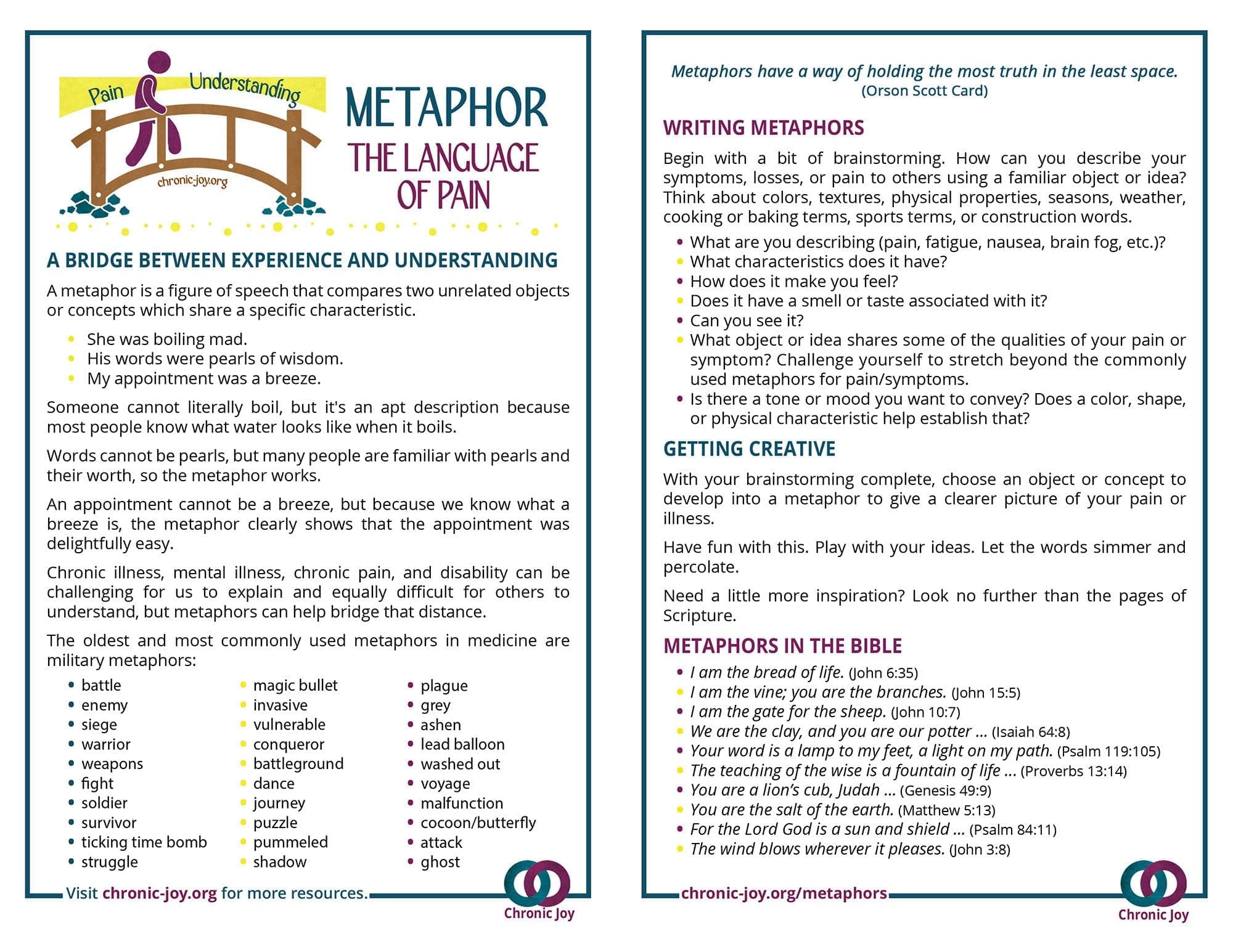
“Make me redbud, not too tall, too common to be much noticed.” Megan Willome
Let the fields be jubilant, and everything in them; let all the trees of the forest sing for joy. (Psalm 96:12)
MAKE ME POEMS
I first came across Abigail Carroll’s “Make Me” poems by proxy. Jody L. Collins wrote her own versions in response to Carroll’s in her Hearts on Pilgrimage. Then a friend gifted me Carroll’s Habitation of Wonder, and I read the “Make Me” poems for myself.
There are seven of them: “Make Me a River,” “Make Me a Chalice,” “Make Me Sheet Moss,” “Make Me Willow,” “Make Me Red-Tailed Hawk,” and “Make Me Plow Blade.” I spent a month steeping in these poems and the others in the collection, journaling and writing my own poems in response.
POEMS OF LAMENT AND METAPHOR
In an interview with Ruminate, Carroll said these are poems of lament. In her dark seasons, she had been working through her pain by writing about beauty in nature. Through writing these Make Me poems, however, she began to lean into metaphor. It changed not only how she wrote, but how she prayed.
Metaphor is a powerful tool for the poet and the pray-er. It comes from a Greek work meaning “to transfer.” In other words, this becomes that. If you are writing/praying “Make Me Red-Tailed Hawk,” you are praying something different into being than if you are praying “Make Me Canary.” When Carroll writes “Make Me Willow,” she becomes the tree known for its weeping.
Alas, I have no willow trees where I live. Carroll hails from Vermont, and I, from Texas, so my Make Me poems sound different from hers.
MAKE ME POEMS: NATURE AND METAPHOR
I wrote Make Me Redbud after the native tree we planted in our tiny backyard four years ago when we moved to this house. It is now as tall as the house and still growing. It was always a tree of God’s promise for my mother. We planted it with hope that we might find some shade from the near-constant barrage of burning sun, drying our souls like the parched ground.
With Carroll’s poems in mind, I wanted mine to not only be a nature poem — an I sure like redbuds, aren’t they pretty poem — but also a poem of metaphor. If I were to become redbud, what would I be that I am not yet? What questions do I need to ask of the God who makes trees? What unexpected answers might He give if I were to pray the prayers of a redbud?
The result? I wrote something I wouldn’t have written otherwise — and I prayed something I wouldn’t have prayed otherwise. Now as I look out at my tree, unexpectedly green after recent unusual summer rains, it is also my tree of promise.
MAKE ME REDBUD
Make me redbud, not
too tall, too common
to be much noticed. In
winter, make my barren
sparseness strength. Come
spring, bloom me purple
for a ladybug party. And
oh, through summer, so
searing and weary, keep
me green with Your eternal
song. Hold me high till
the breaking of autumn,
wind blowing me gold.
What good these heart-
shaped leaves? What good
these umbrella branches? Oh
let cardinals find me faithful
year-round. Make me shade.
IT’S YOUR TURN
Write your own Make Me poem. Pick something from nature, pick a tool, pick a sacred vessel. Lean into the metaphor and make your poem a prayer.
Even when you don’t feel like writing a poem, you can always journal about one. All you need is a pencil and paper (or a computer, if you prefer to be able to read your own writing). Three of Carroll’s Make Me poems are here. [Sheet Moss, Red-Tailed Hawk, and Plow Blade are all on her website!]
- Read the poem.
- Jot down what you notice, what you like, what you don’t like, what questions you have, and at least one way in which the poem speaks to your soul.
- Read the poem again, aloud (if you didn’t the first time). Is there anything you notice this time that you want to add to your journal?


Megan Willome
Chronic Joy® Contributing Writer
Megan is an editor at TS Poetry Press as well as the author of The Joy of Poetry and Rainbow Crow, a new picture book of poems written for children. Her day is incomplete without poetry, tea, and a walk in the dark.

Metaphor • The Language of Pain
Chronic illness, mental illness, chronic pain, and disability can be challenging for us to explain and equally difficult for others to understand, but metaphors can help bridge that distance.

Recent Comments